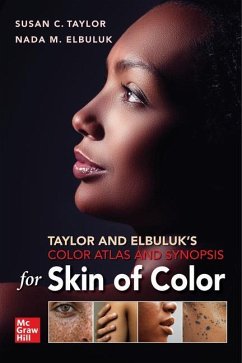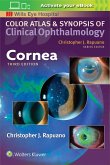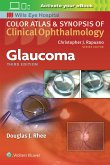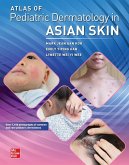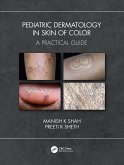The expert guide to identifying and understanding the clinical differences of common dermatology conditions in patients of all skin types An essential component of dermatology training is the accurate identification of skin diseases in all patients. Taylor and Elbuluk's Color Atlas and Synopsis for Skin of Color is designed to help you recognize the differences in disease presentation amongst patients with lighter and darker skin, thus improving diagnostic accuracy and lessening the burden of disease for patients of color. More than 350 color images illustrate the variances in the appearance of common dermatology conditions between Fitzpatrick's Skin Type I-III lighter skin types and Fitzpatrick's Skin Type IV-VI darker skin types. This is an invaluable tool for providing optimal care to patients of all skin types-and an ideal resource for medical students, residents, attending physicians, and other healthcare providers. Taylor and Elbuluk's Color Atlas and Synopsis for Skin of Color covers: * Inflammatory Disorders * Infections * Follicular Disorders * Benign Neoplasms * Malignancies * Pigmentary Disorders * Photoinduced Disorders * Drug Reactions * Common Cutaneous Disorders in Skin of Color Populations
Hinweis: Dieser Artikel kann nur an eine deutsche Lieferadresse ausgeliefert werden.
Hinweis: Dieser Artikel kann nur an eine deutsche Lieferadresse ausgeliefert werden.

